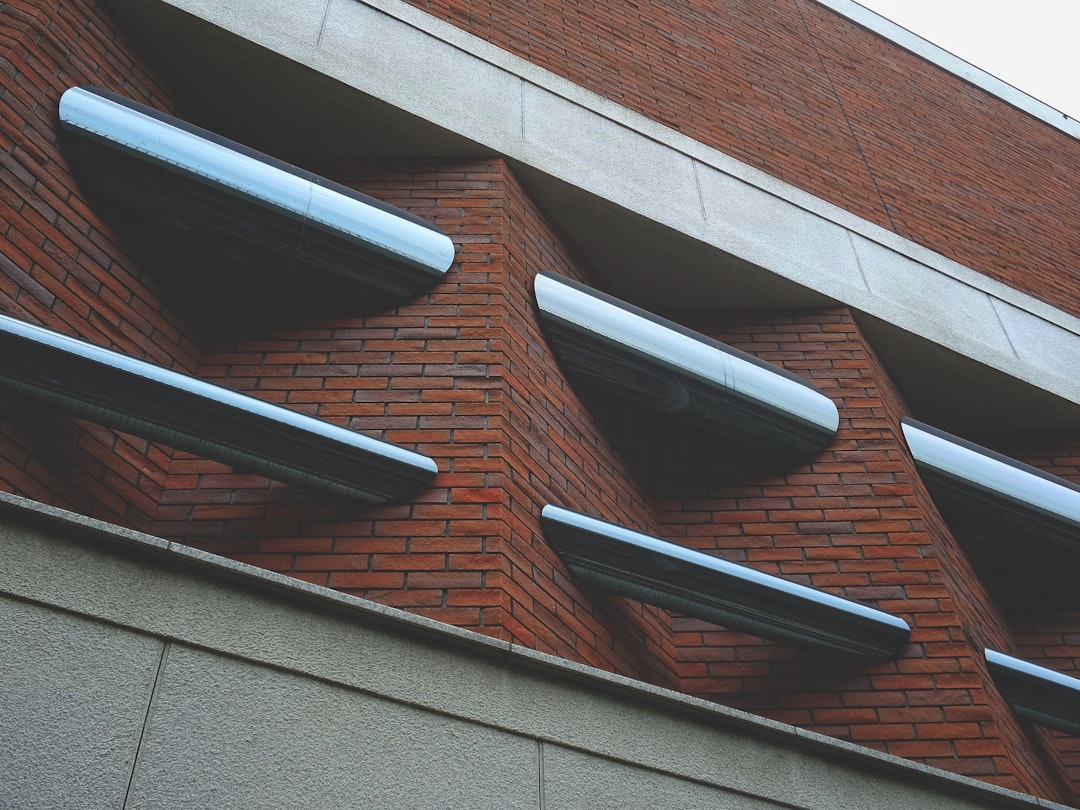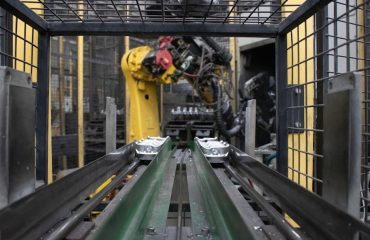body {
font-family: sans-serif;
line-height: 1.6;
}
h1, h2, h3 {
color: #333;
}
img {
max-width: 100%;
height: auto;
}
In the ever-evolving landscape of modern architecture, the choice of structural elements plays a pivotal role in achieving both aesthetic appeal and functional integrity. Among the many options available, IPE beams have emerged as a preferred choice for architects and engineers seeking strength, versatility, and sustainability. This comprehensive guide delves into the world of IPE beams, exploring their unique characteristics and their significant contribution to contemporary building design.
Understanding the Strength and Versatility of IPE Beams
IPE beams, or Parallel Flange Beams, are hot-rolled steel beams characterized by their parallel flanges and constant depth. This design offers several key advantages. Their parallel flanges provide exceptional stability and resistance to bending, making them ideal for supporting heavy loads over significant spans. Unlike other steel sections, the constant depth of IPE beams simplifies design and construction, reducing the need for complex calculations and adjustments. Their high strength-to-weight ratio allows for the creation of slender, elegant structures without compromising structural integrity. This is particularly valuable in modern architectural designs that prioritize open spaces and minimalist aesthetics.
IPE Beams in Modern Architectural Applications
The versatility of IPE beams extends across a wide range of architectural applications. They are frequently used in:
- Residential buildings: Supporting floors, roofs, and balconies in apartments, houses, and townhouses.
- Commercial structures: Forming the skeleton of offices, retail spaces, and shopping malls.
- Industrial buildings: Providing robust support for heavy machinery and equipment in factories and warehouses.
- Public buildings: Contributing to the structural integrity of schools, hospitals, and museums.
- Renovation projects: Strengthening existing structures and extending their lifespan.
Their adaptability allows for creative design solutions, enabling architects to realize ambitious and innovative building concepts.
Design Considerations When Utilizing IPE Beams
While IPE beams offer significant advantages, careful consideration of several design factors is crucial for optimal performance. These include:
- Span length: The distance between supports significantly impacts the beam’s load-bearing capacity. Longer spans require larger sections or additional support.
- Load calculations: Accurate assessment of anticipated loads (dead loads, live loads, snow loads, etc.) is essential to ensure structural safety.
- Corrosion protection: Steel beams are susceptible to corrosion. Applying appropriate coatings or galvanizing is crucial for extending their lifespan, especially in exposed environments.
- Fire protection: In many building codes, fireproofing measures are mandatory to protect steel beams from high temperatures. This often involves applying fire-resistant coatings or encasing the beams in concrete.
- Connections: The design and execution of beam connections are vital for overall structural integrity. Properly designed connections ensure efficient load transfer and prevent premature failure.
Sustainability and the Environmental Impact of IPE Beams
In today’s environmentally conscious world, the sustainability of building materials is a key consideration. IPE beams contribute positively to sustainable construction in several ways. Steel is a highly recyclable material, allowing for significant reductions in waste and embodied carbon. Furthermore, the durability and longevity of IPE beams minimize the need for frequent replacements, reducing the overall environmental impact over the building’s lifespan. The use of IPE beams can also contribute to achieving LEED certification points in green building projects.
Future Trends and Innovations in IPE Beam Applications
The use of IPE beams in modern architecture is constantly evolving. Emerging trends include:
- Increased use in high-rise buildings: Advances in steel technology are enabling the use of IPE beams in increasingly taller structures.
- Integration with other sustainable materials: IPE beams are being increasingly combined with timber, concrete, and other sustainable materials to create hybrid structural systems.
- Advanced design software: Sophisticated software tools are enabling architects and engineers to optimize the use of IPE beams, improving structural efficiency and minimizing material waste.
- Prefabrication: The prefabrication of structural elements using IPE beams is gaining popularity, leading to faster construction times and improved site safety.
- Focus on aesthetics: Architects are increasingly exploring creative ways to expose IPE beams, integrating them as visual elements within the design.
These trends indicate a bright future for IPE beams as a key component in shaping the architecture of tomorrow.
In conclusion, IPE beams offer a compelling combination of strength, versatility, sustainability, and aesthetic appeal, making them a crucial element in modern architectural design. Their adaptability allows architects and engineers to realize innovative and sustainable building solutions, contributing to the creation of functional and visually stunning structures.
SEO Tags:
IPE beams, steel beams, modern architecture, structural engineering, sustainable construction




